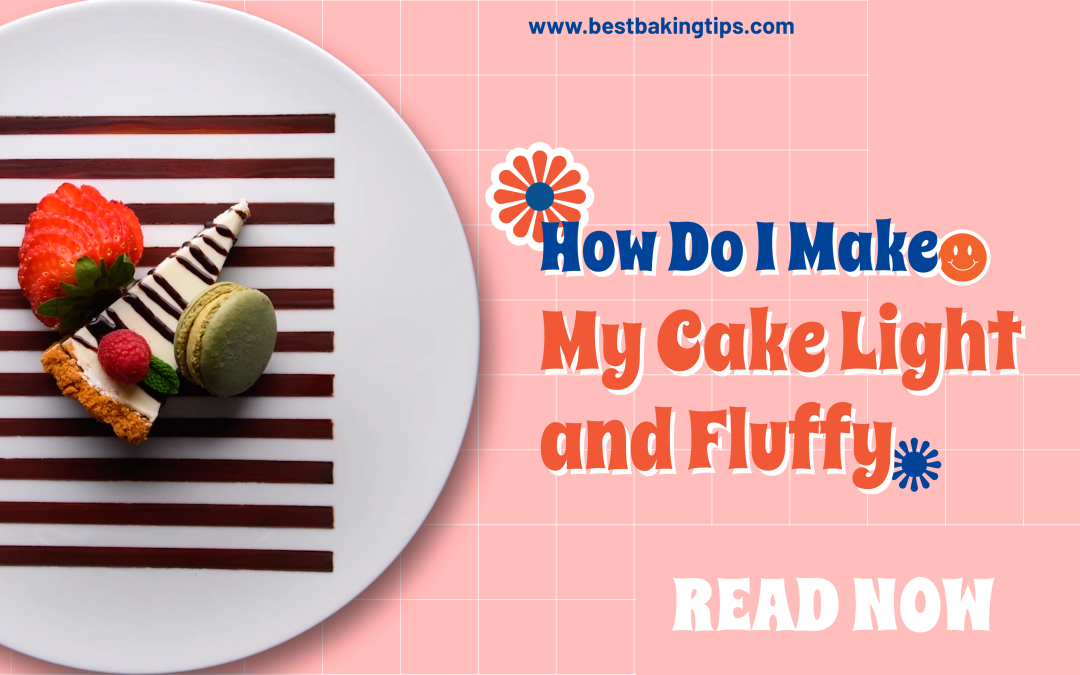==================
Affiliate Statement
Best Baking Tips is supported by our audience. When you purchase through one of our links, we may earn a small affiliate commission. As an Amazon Associate I earn from qualifying purchases. Your cost is not affected.
==================
Nothing can beat the texture and flavor of a light and fluffy cake. But, achieving that perfect consistency can be quite challenging even for experienced bakers. It requires more than just following a recipe.
The right mix of ingredients, temperature, and technique all play a crucial role in making your cake light and airy. In this blog post, we will share expert tips on how to make your cake light and fluffy.
From using the right flour and butter temperature to measuring ingredients properly and choosing the correct bakeware, we will cover all aspects of baking a perfect fluffy cake. We will also provide you with troubleshooting tips for those moments when things don’t go as planned.
So, let’s get started on creating a heavenly slice of cake that melts in your mouth!
Key Points
- Ingredients make the difference
- Exchanges and additives that help
- Temperature of Ingredients
- Measure ingredients properly
- Mix- but just enough
- Baking times and temperatures- accuracy counts
- Troubleshooting
Understanding the Basics of Fluffy Cakes
Proper cake flour is essential for achieving a light and fluffy texture in cakes. Adding sour cream to the batter is highly recommended to enhance the moisture and softness.
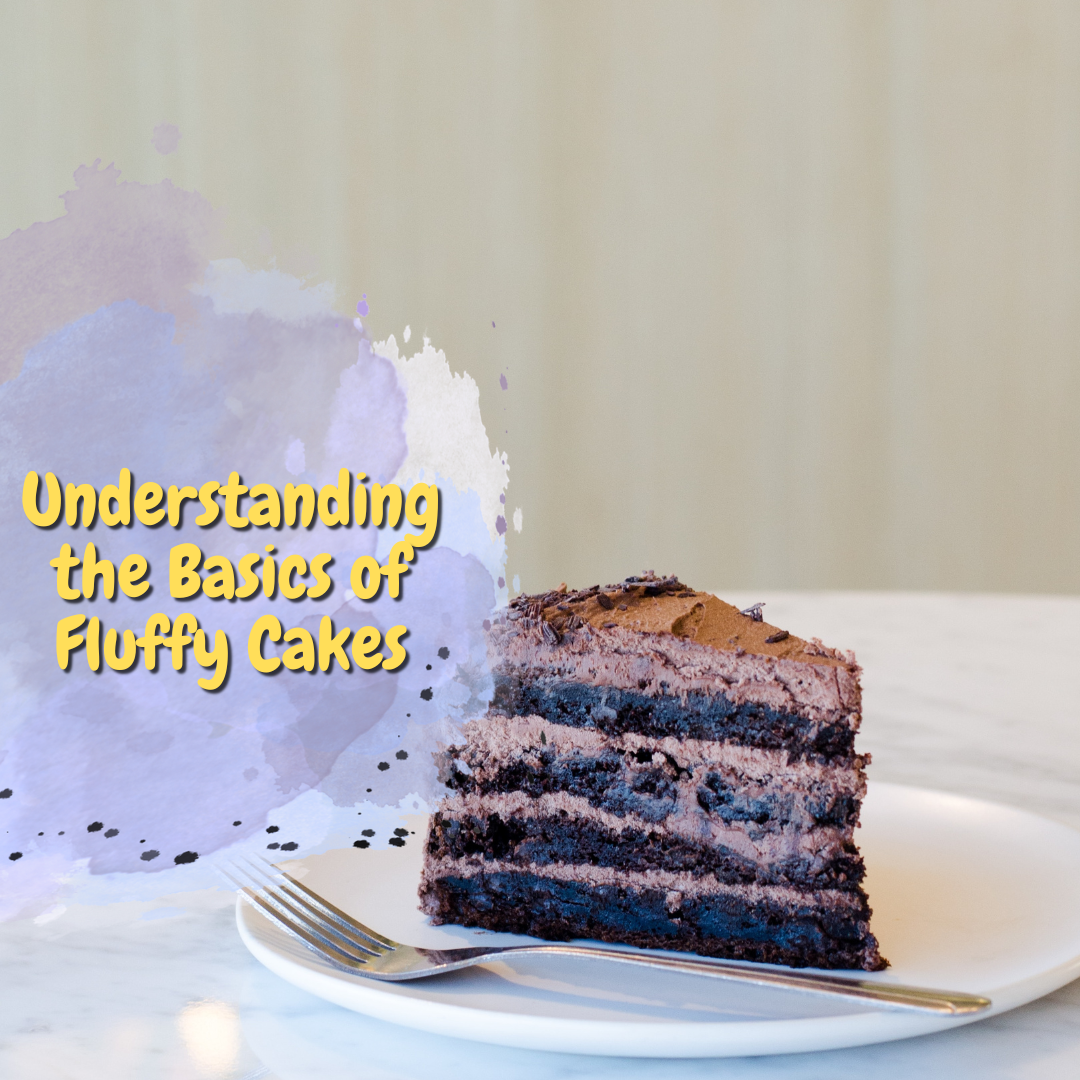
The temperature of the butter plays a crucial role as well. Using softened butter at room temperature ensures a fluffy cake. Choosing the right baking powder or baking soda is important for creating a light and airy cake.
Another tip is to incorporate oil into the batter, which contributes to a fluffy texture. You can create irresistibly light and fluffy cakes by following these basic guidelines.
Why Use Cake Flour?
Cake flour is essential for achieving a light and fluffy cake. Its lower protein content and fine texture create a tender and airy batter.
The moisture-absorbing properties of cake flour contribute to a soft and delicate crumb. Say goodbye to dense cakes by using cake flour!
Role of Sour Cream in Making Fluffy Cakes
Adding sour cream to cake batter plays a pivotal role in creating light and fluffy cakes. The moisture and richness provided by sour cream result in a delightful texture. Its acidic nature activates the baking soda, which contributes to the lightness of the cake.
Sour cream also helps maintain the softness and moisture of the cake batter, leading to a fluffy crumb. Additionally, incorporating sour cream into the batter adds a tangy flavor and enhances the overall fluffiness of the cake. The creaminess of sour cream adds a tender touch to the cake, ensuring a perfect outcome.
The Importance of Butter Temperature
Room-temperature butter blends easily, resulting in a fluffy cake batter, while cold butter doesn’t cream well and can lead to a dense, less fluffy cake. Softened butter incorporates air, contributing to a light and fluffy cake texture. Using room-temperature butter allows for a smoother and creamier cake batter, ensuring a fluffy cake with a soft and airy crumb.

When it comes to achieving the perfect texture in your cakes, butter temperature plays a crucial role. So, make sure to use room-temperature butter for the best results.
Creaming Butter and Sugar
Creaming room-temperature butter with sugar is crucial for achieving a light and fluffy cake batter. When the butter is soft, it blends easily with the sugar, incorporating air into the mixture. This creates a fluffy texture, translating into a light, airy cake crumb.
Room-temperature butter also emulsifies and holds air, resulting in a fluffy cake with a delicate crumb. Using room-temperature butter ensures that your cake turns out tender and fluffy every time. So, the next time you bake a cake, remember to let the butter come to room temperature for the best results.
The Risks of Over-Creaming Butter
Over-creaming butter leads to a dry and less fluffy cake because it incorporates too much air. This excessive creaming results in a dense texture, causing the cake to lose its fluffy structure and even collapse.
Moreover, if butter is creamed for too long, the cake batter is difficult to work with and prevents proper rising. To maintain a light and fluffy cake texture, it is important to avoid over-creaming butter. Doing so ensures that your cake turns out soft and airy, just the way you want it.
Baking Powder or Baking Soda: What to Use?
When it comes to making a fluffy cake, choosing between baking powder and baking soda is crucial. Baking powder helps create a fluffy cake batter, while baking soda produces a light and airy texture when combined with acidic ingredients. Both leavening agents play a role in achieving a fluffy cake, but understanding their properties is key.
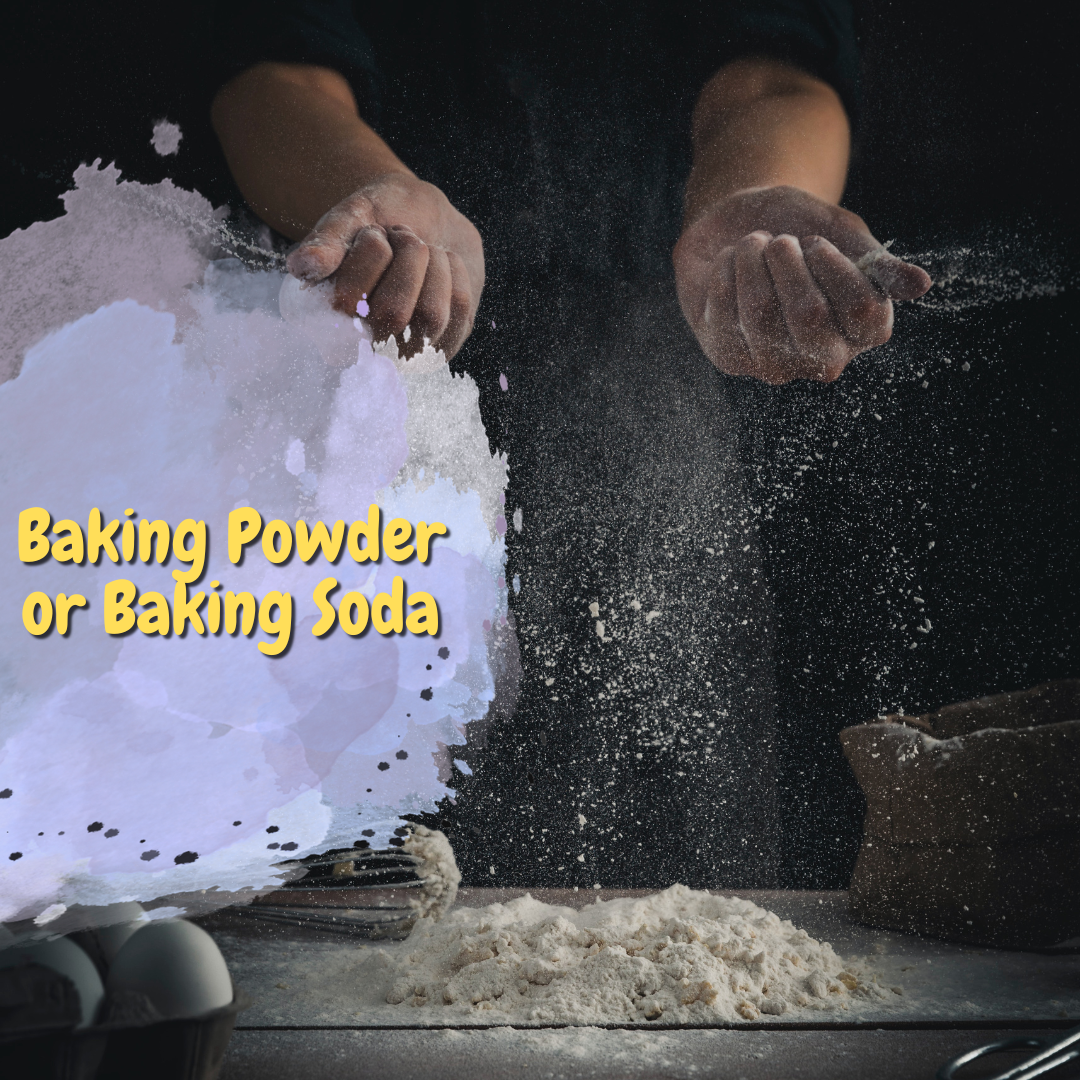
How Baking Powder Affects Cake Texture
Baking powder plays a crucial role in creating a light and fluffy cake texture. Releasing carbon dioxide forms air bubbles within the batter, resulting in a light and airy crumb. The correct amount of baking powder is key to achieving a well-risen cake with a fluffy texture.
Additionally, baking powder provides a balanced acidic and alkaline reaction, which further contributes to the fluffiness of the cake. When used correctly, baking powder ensures a soft and tender crumb, giving you a perfect, light cake every time. So, remember to use baking powder wisely for the best results.
The Role of Baking Soda in Cake Baking
Baking soda plays a crucial role in creating light and fluffy cakes. When combined with acidic ingredients like buttermilk or vinegar, it reacts and produces carbon dioxide, resulting in a fluffy cake texture.
This reaction also helps the cake batter rise, giving it a light and airy consistency. To ensure a fluffy cake with a soft and tender crumb, it’s important to measure and use baking soda properly. Additionally, baking soda neutralizes acidic ingredients in the batter, contributing to the overall light and fluffy texture.
Understanding how baking soda interacts with other ingredients is essential for achieving the perfect fluffy cake.
Measure Ingredients Properly
Accurate and precise measurement of ingredients is crucial in achieving a light and fluffy cake. One way to ensure correct and consistent measurements is by using a kitchen scale. It helps in obtaining the right quantities, leading to fluffy results.
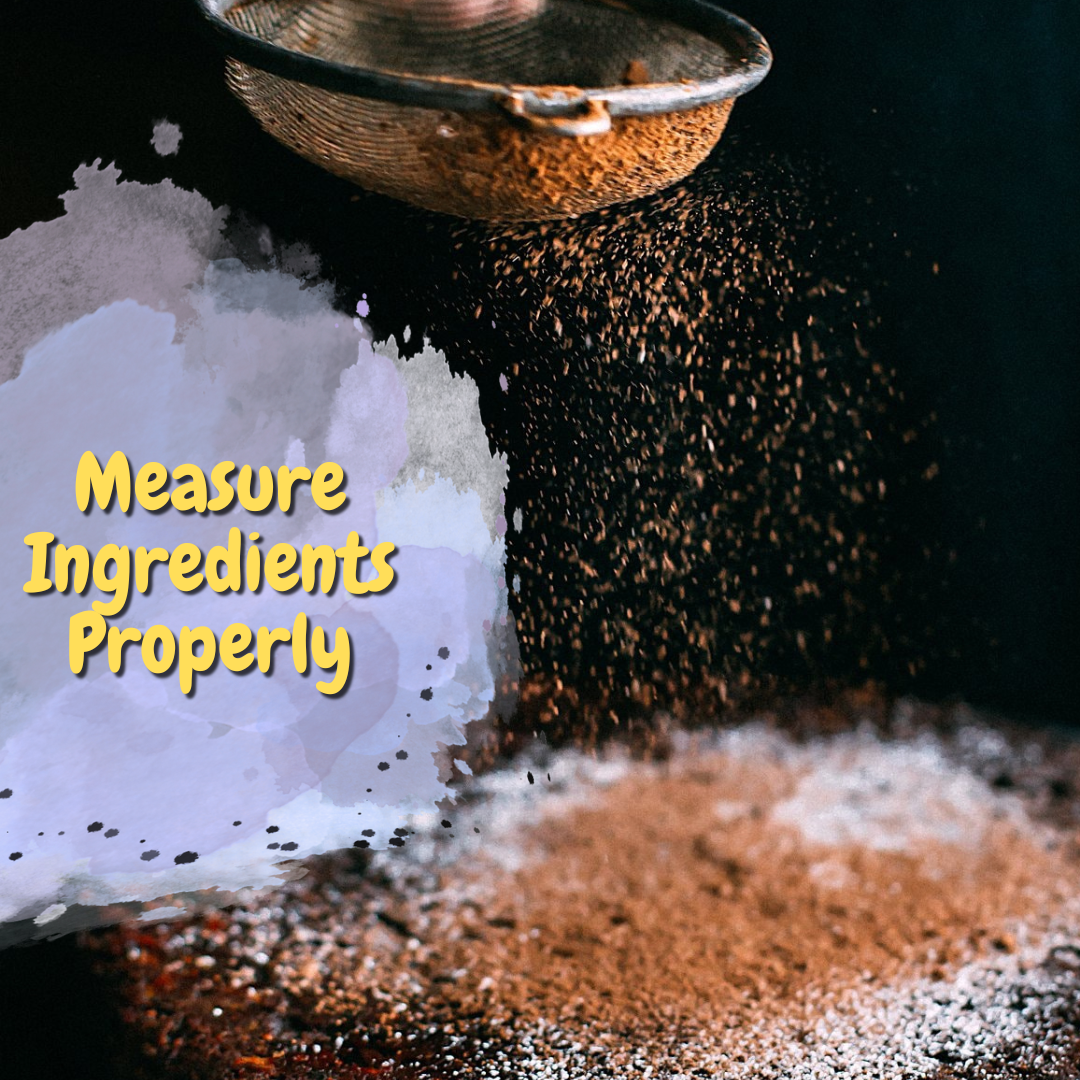
When it comes to measuring flour, it’s important to use a spoon to scoop the flour into the measuring cup and then level off the excess. This prevents a dry and heavy cake. Additionally, correctly measuring other ingredients like baking soda and baking powder is essential for achieving cake fluffiness.
By measuring ingredients properly, you can ensure a light and fluffy cake.
Use the Right Bakeware and Prep Them Correctly
Choose an appropriate cake pan size and material for baking. Grease and flour the pans to prevent sticking and ensure easy release. Line them with parchment paper for smooth removal. Preheat the oven and the pans for even baking and a fluffy cake.
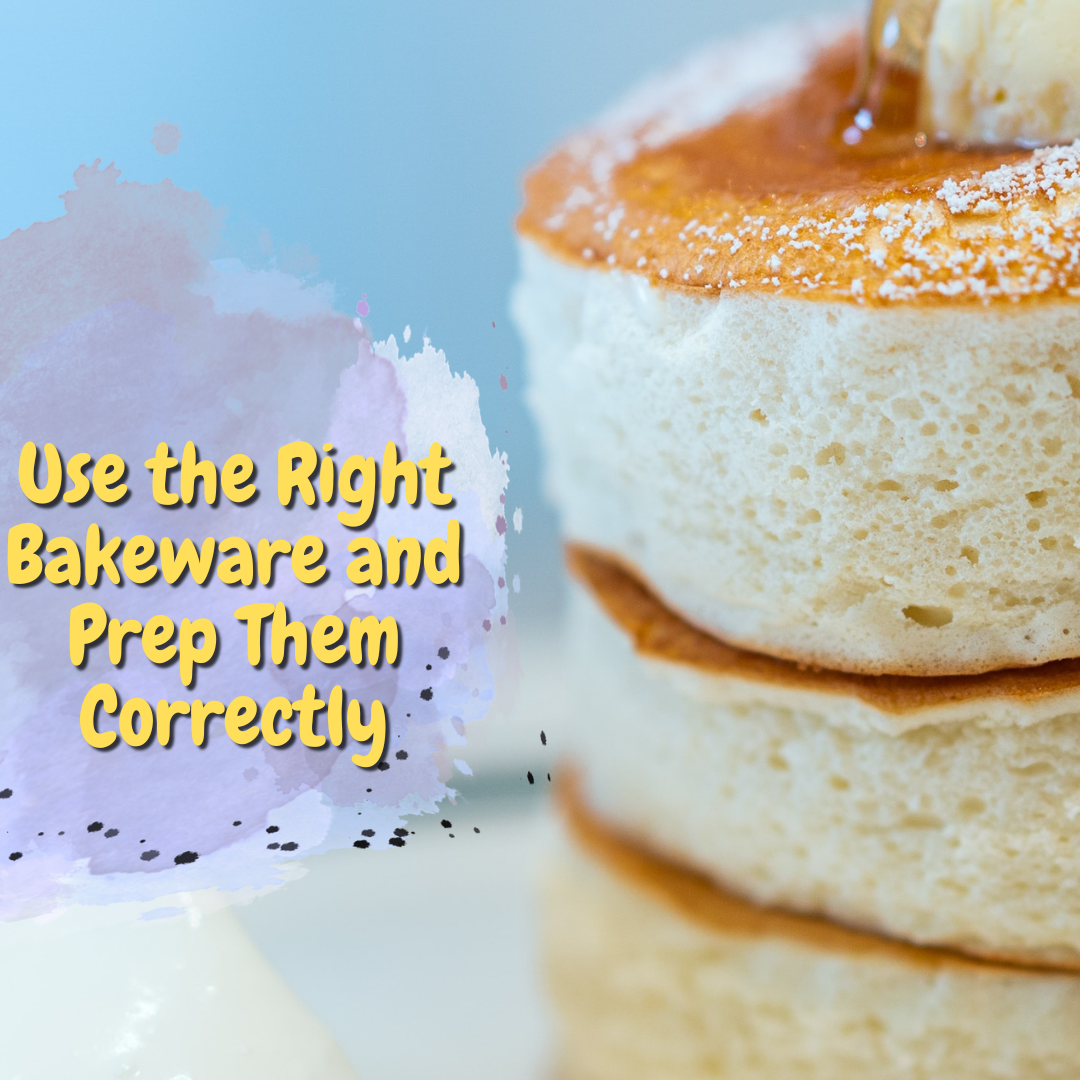
Consider using a cake decorator tip for precise batter filling. Following these steps can enhance your baking process and achieve the desired light and fluffy texture.
Temperature Is Key
Paying attention to the temperature is crucial to achieve a light and fluffy cake. Bring your ingredients, especially butter and eggs, to room temperature before baking. This helps in creating a smooth and creamy batter.
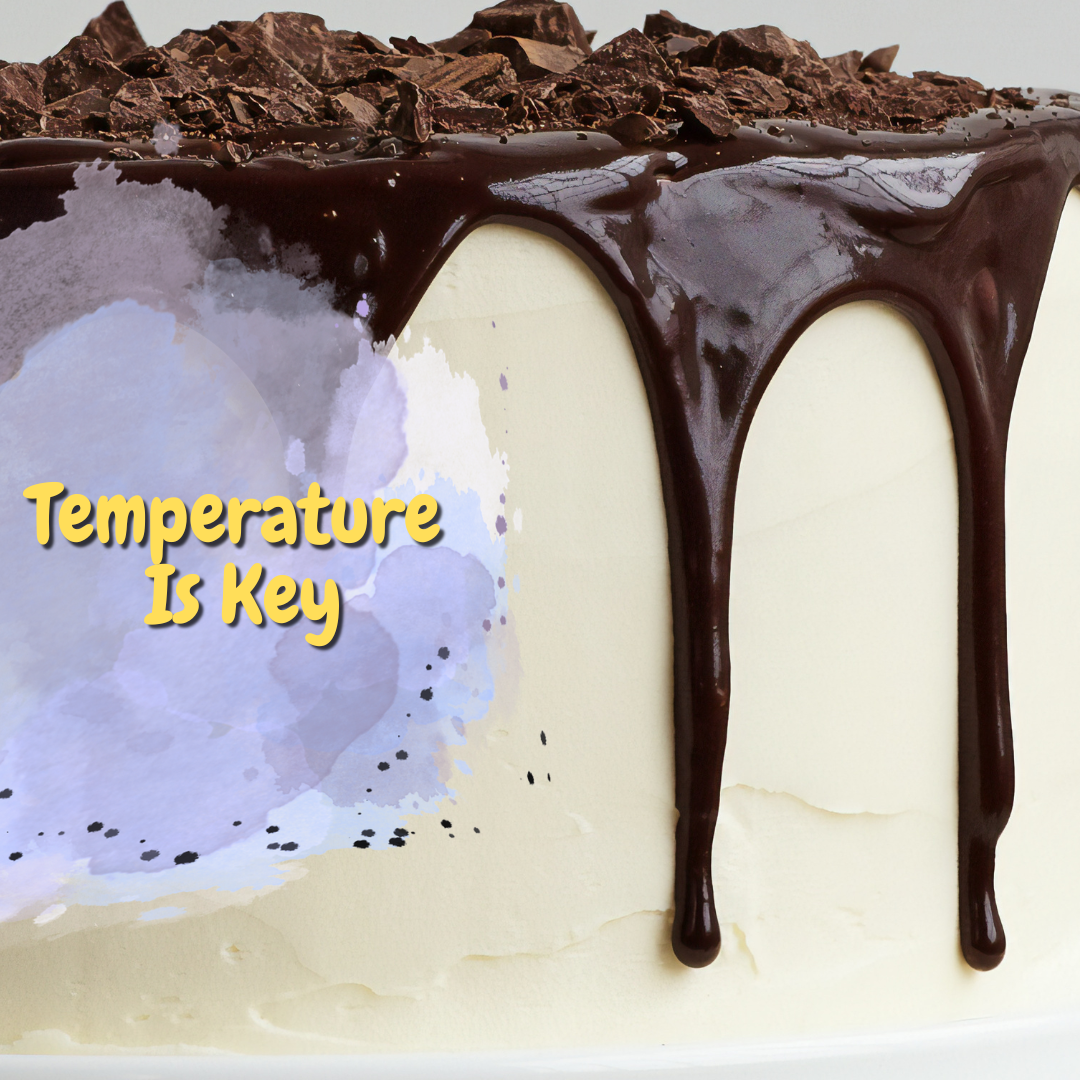
Another trick is using baking soda and acidic ingredients like buttermilk to create air bubbles that contribute to a light texture. Overmixing the batter can result in a dense and tough cake, so be careful not to overdo it.
Bake the cake at the correct temperature and time for the best results, and make sure to let it cool completely before frosting to avoid a messy outcome.
Can Oil Make Your Cake Fluffier?
Using oil in cake batter can result in a light and airy texture, adding moisture and tenderness. Incorporating the right oil properly helps create a soft, fluffy cake crumb. Oil-based cakes are perfect for those who love a fluffy texture.
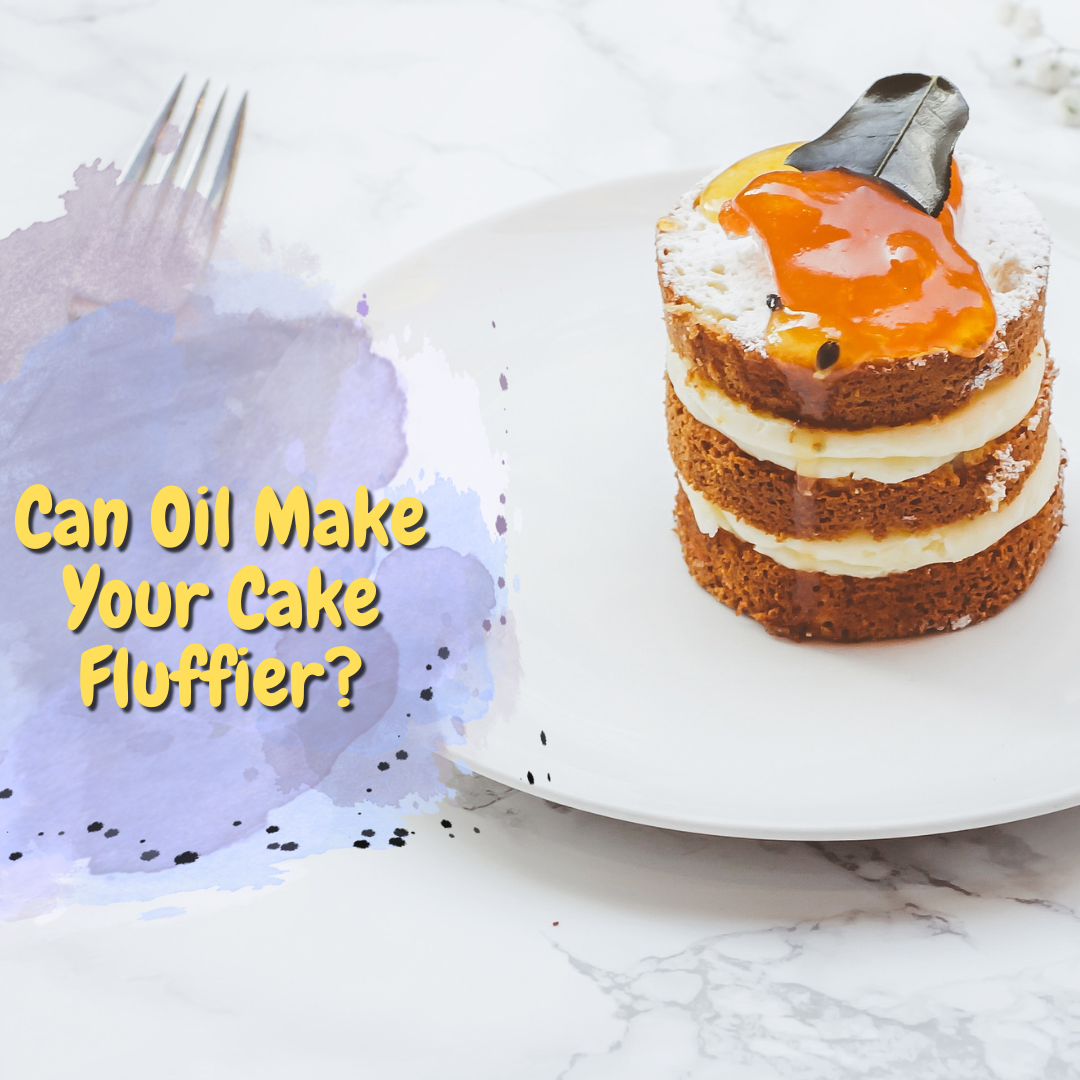
The Science Behind Using Oil in Cakes
Oil plays a crucial role in creating light and fluffy cakes. Oil adds moisture to the batter to a soft and tender texture. It also helps distribute air bubbles evenly, resulting in a fluffy and airy cake.
The high acidic content in oils like vegetable oil reacts with baking soda, leading to a lighter and fluffier cake. Additionally, the presence of oil makes the cake more moist, enhancing its overall fluffiness and deliciousness. So, next time you’re baking a cake, consider using oil for the best results.
The Art of Mixing:
Achieving the Right Consistency
Properly mixing the ingredients is crucial for achieving a light and fluffy cake. It’s important to mix the ingredients until they are combined to prevent the formation of gluten, which can result in a dense cake.
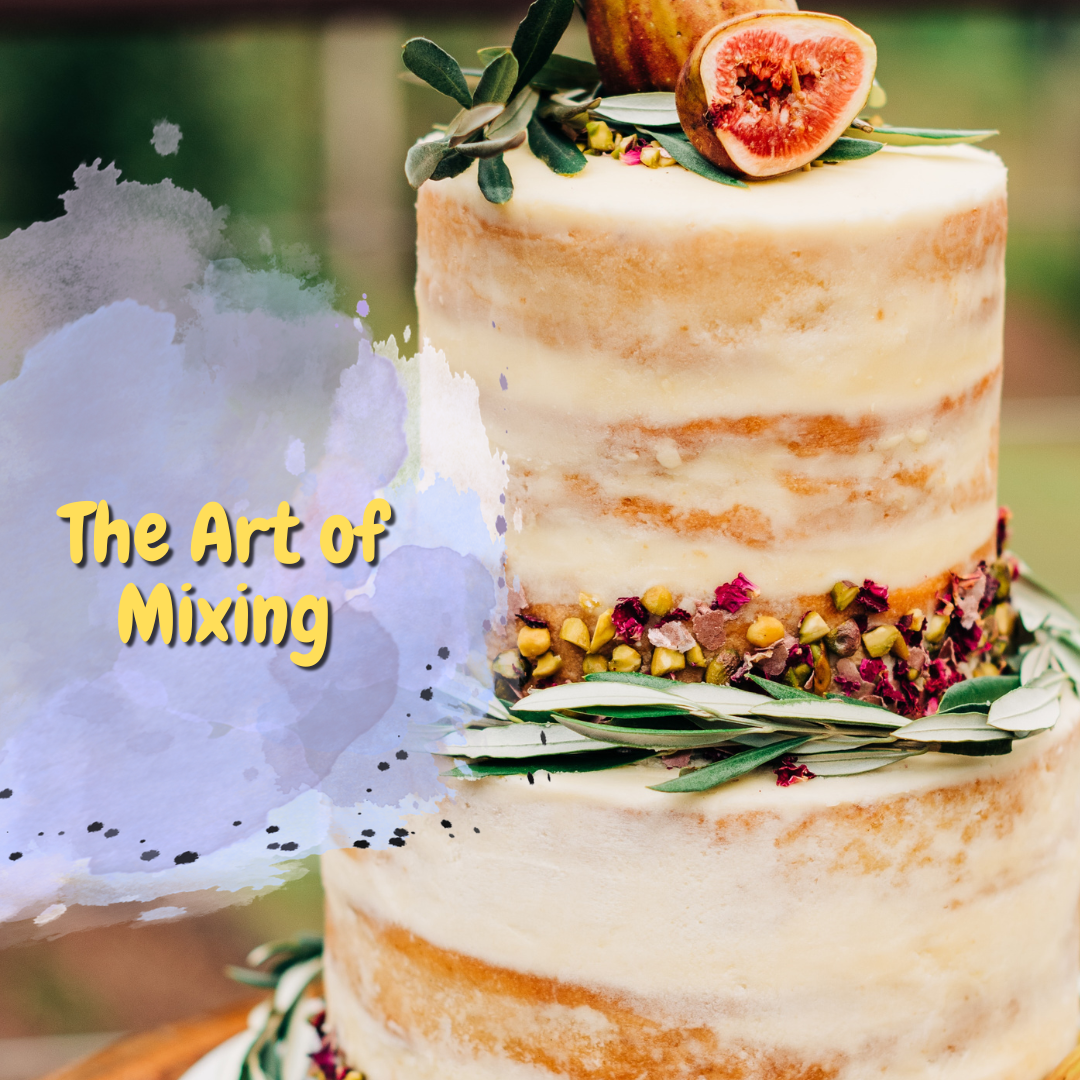
When incorporating dry and wet ingredients, it’s best to fold them in gently to maintain airiness and fluffiness. Mixing the batter while incorporating air helps create a light texture. Using a low-speed whisk or a mixer can help achieve a fluffy cake batter. Remember to be gentle and avoid over-mixing to get the best results.
What Happens When You Over-Mix Cake Batter?
Over-mixing cake batter can result in a dense and dry cake. It activates gluten, making the cake tough and less fluffy. Too much air incorporation can cause the cake to collapse. Avoiding over-mixing ensures a light and fluffy texture.
Baking Time and Temperature:
Getting It Just Right
Proper baking time and temperature are vital factors in achieving a light and fluffy cake. Baking a cake at a high temperature helps create a fluffy and airy texture while baking it for too long can result in a dry and less fluffy consistency.
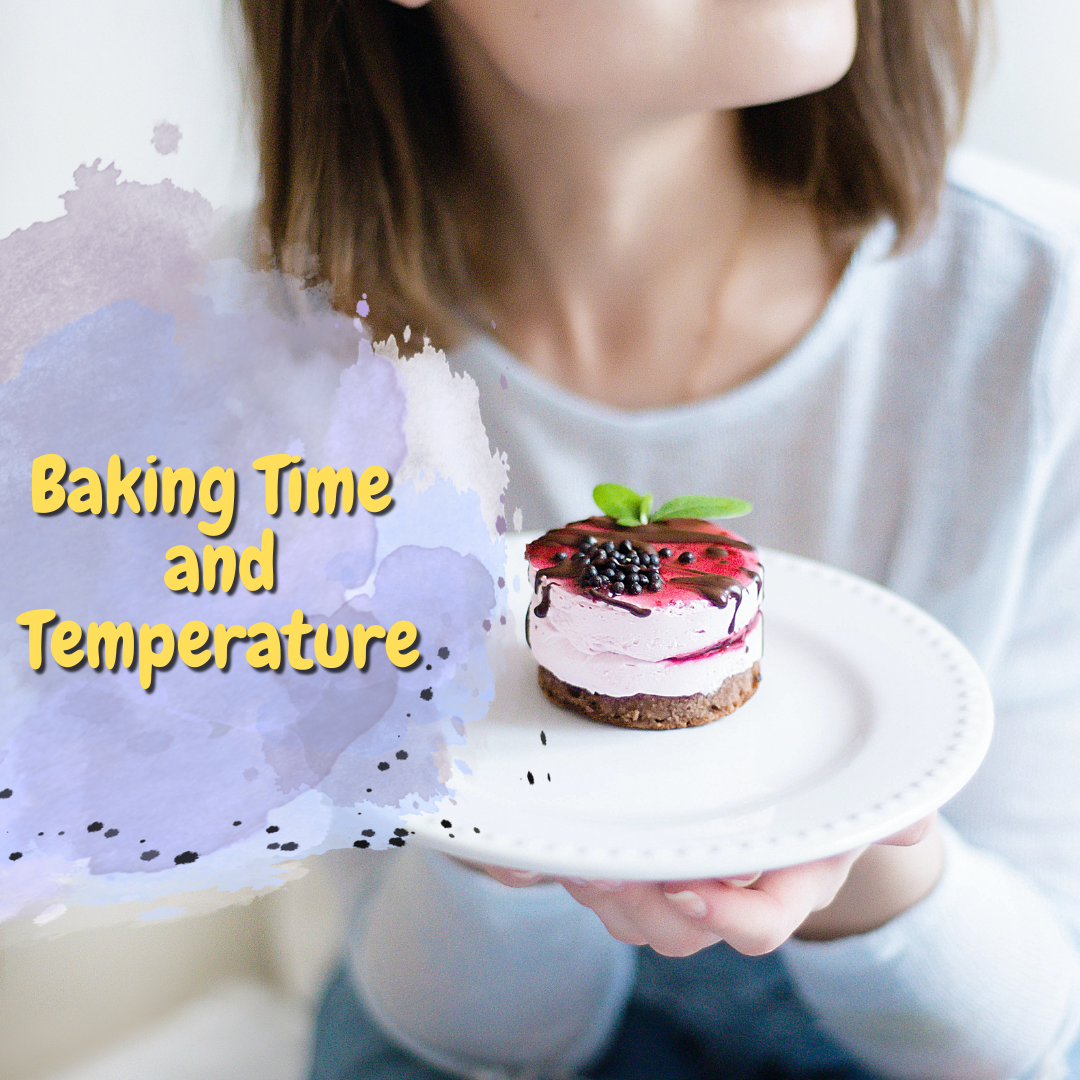
It’s important to ensure that the oven is set at the correct temperature to allow the cake to rise and become fluffy. By following the recommended baking time and temperature guidelines, you can achieve the perfect balance and enjoy a flawlessly fluffy cake every time.
The Consequences of Over-Baking Cakes
Over-baking a cake can result in a dry and less fluffy texture. When baked for too long, a cake becomes firm and dense, lacking the lightness that makes it enjoyable. This extended baking time also causes the cake to lose moisture, resulting in a dry and crumbly consistency.
The crust of an over-baked cake becomes dark and tough, negatively impacting the fluffy interior. By avoiding over-baking, you can ensure that your cake remains light and fluffy, providing a delightful and moist eating experience.
Beyond Basic Tips:
Advanced Techniques for Fluffier Cakes
When it comes to making your cakes light and fluffy, there are some advanced techniques that can take your baking to the next level.
One method is using cake flour instead of all-purpose flour, which results in a lighter texture. Another technique is adding sour cream or buttermilk to the cake batter, as this increases moisture and adds fluffiness.
Brushing the cake layers with simple syrup also enhances moisture and makes them fluffy. Properly creaming butter and sugar together is another key step in achieving a light and fluffy cake.
Additionally, adding cornstarch to the batter can make it soft and contribute to a fluffy texture.
These advanced techniques will help you create the most delicious, airy, and fluffy cakes.
Brushing Your Cake with Syrup: Does It Work?
Brushing your cake layers with syrup, such as simple syrup, can greatly improve its moisture and fluffiness. The syrup prevents dry and dense results, enhances the flavors, and creates a light and airy texture.
In short, the syrup adds softness and elevates its overall quality by absorbing into the cake.
To Double or Not to Double: Understanding Cake Recipes
Doubling a cake recipe can have a significant impact on the texture and fluffiness of the final product. When you alter recipe quantities, particularly those of baking soda and baking powder, it can directly affect the fluffiness of the cake.
It’s important to note that simply doubling a recipe without adjusting the baking time and temperature can result in a dense and dry cake. Doubling a recipe may also require a longer baking time, which can affect the moisture content and, ultimately, the fluffy texture of the cake.
Understanding the proportions and ingredients of a recipe plays a crucial role in maintaining a light and fluffy cake.
What Makes Your Cake Not So Fluffy?
Achieving a light and fluffy cake requires attention to detail. Using cold ingredients can result in a dense texture, while not properly creaming butter and sugar affects the overall fluffiness. Over-measuring flour or adding too much can make the cake dry.
Additionally, using room-temperature butter is crucial for achieving a light and airy consistency. Over-mixing the batter can also lead to a less fluffy cake.
Cake Troubleshooting Guide
Use the correct measurements and ingredients to ensure a light and fluffy cake. Incorporate air into the batter by creaming the butter and sugar properly.
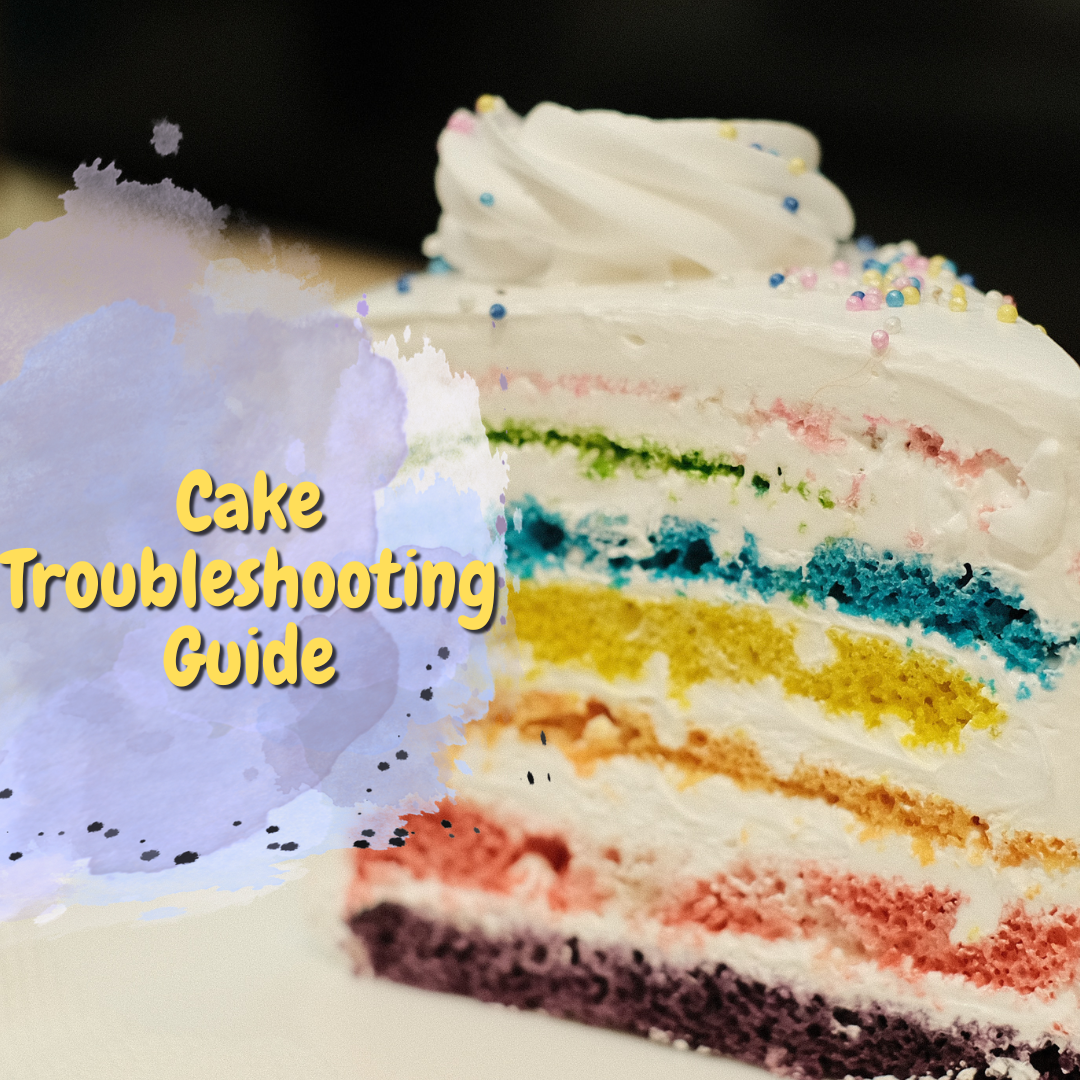
Avoid overmixing the batter, as it can cause the cake to become dense. Bake the cake at the correct temperature and for the appropriate time to achieve the best results.
Finally, let the cake cool completely before frosting or decorating to prevent any potential issues. By following these tips, you’ll be on your way to baking a perfect, fluffy cake every time!
Cake Has a Coarse Texture
To achieve a light and fluffy cake, addressing any issues with coarse texture is important. Start by sifting dry ingredients like flour, baking powder, and baking soda. This helps create a smooth and airy cake batter.
Additionally, using cake flour, which has a lower gluten content, will result in a tender and light texture. When mixing the ingredients, be gentle and avoid overmixing, as this can lead to a coarse texture. Lastly, add a little cornstarch to the dry ingredients for a soft and fluffy cake.
Cake Sticks to Pan
To ensure your cake doesn’t stick to the pan, start by greasing the cake pan with room-temperature butter and dusting it with flour. This creates a non-stick surface and makes it easier for the cake to release.
Additionally, line the bottom of the pan with parchment paper to provide an extra layer of protection against sticking. After baking, allow the cake to cool for a few minutes before removing it from the pan. This will help the cake firm up slightly and reduce the risk of it sticking.
To loosen the cake further, run a butter knife around the edges of the pan before flipping it out.
Cake Is Dry
If you find that your cake is dry, there are a few simple tips you can follow to add moisture and improve its texture.
First, consider using a cake recipe that includes ingredients like oil, sour cream, or buttermilk, as these can help to keep the cake moist and tender. Another trick is to brush a simple syrup, made of equal parts water and sugar, onto the cake layers before frosting them. This not only adds moisture but also enhances the flavor.
Additionally, be sure to avoid overbaking the cake, as this can lead to a dry and crumbly texture. Finally, adding a little bit of vegetable oil or melted butter to the batter can make your cake moist and fluffy. Following these tips ensures that your cake turns out light, fluffy, and delicious.
Cake Is Heavy or Dense
You can employ a few key techniques to achieve a light and fluffy cake. One important step is to beat room-temperature butter and sugar until they become light and fluffy. This creates air pockets in the batter, resulting in a lighter texture.
Another tip is to use cake flour instead of all-purpose flour. Cake flour has a lower gluten content, which helps prevent the cake from becoming dense and heavy.
Additionally, whipping egg whites separately and folding them into the batter can contribute to a light and airy cake.
Finally, when combining the wet and dry ingredients, alternate between the two, starting and ending with the dry ingredients, which helps avoid a heavy cake.
Cake Sinks in the Middle
Opening the oven door during baking can result in a sudden temperature change, causing the cake to sink. To avoid this, it’s best to resist the temptation and wait until the cake is fully baked before checking on it.
A cake recipe that includes baking powder and baking soda helps the cake rise and maintain its structure.
Additionally, be cautious of overmixing the batter, as this can also lead to a cake that sinks in the middle. Make sure to bake the cake at the correct temperature and for the recommended time to ensure a fully cooked and stable cake structure.
How Do I Make My Cake Light and Fluffy?
Following certain techniques and tips is essential to achieve a light and fluffy cake. Using cake flour and incorporating sour cream can help create a softer texture. Paying attention to the temperature of the butter and avoiding over-creaming is crucial for achieving the desired fluffiness.
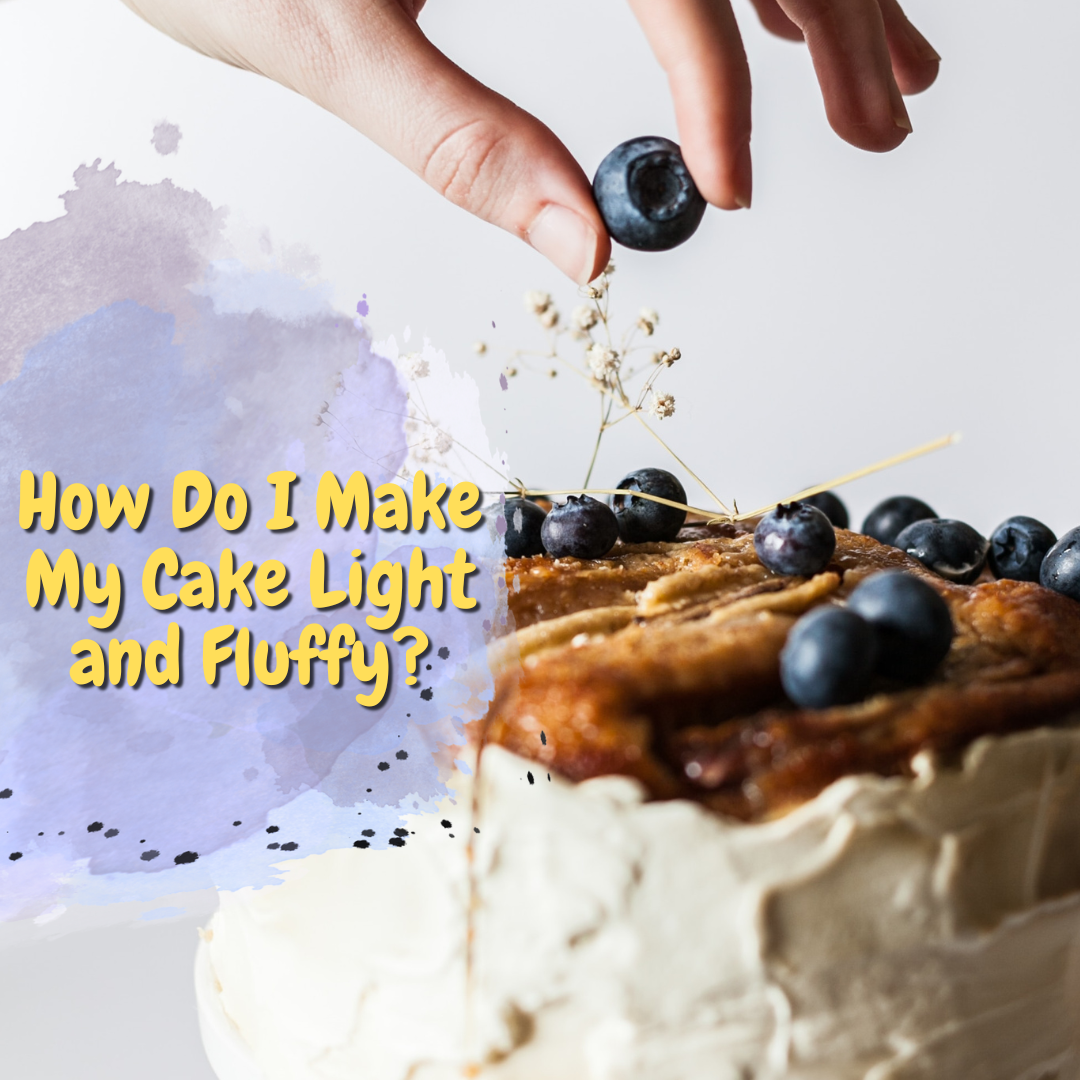
Choosing between baking powder and baking soda depends on the recipe and the desired texture. Properly measuring ingredients, using the right bakeware, and ensuring the correct temperature during baking are all important factors.
Experimenting with using oil in cakes can also contribute to a lighter texture. However, being cautious about over-mixing the batter is important, as it can lead to a dense cake. Understanding baking time and temperature is crucial to prevent over-baking.
While advanced techniques like brushing the cake with syrup or doubling the recipe can enhance fluffiness, it is important to identify and troubleshoot any issues that may arise. By following these tips and techniques, you can create a light and fluffy cake that is sure to impress.
FAQs
Ingredients - what makes a cake light and fluffy?
With its lighter texture, cake flour helps create a light and fluffy cake. Room-temperature ingredients like butter and eggs enhance air incorporation. Leavening agents such as baking powder and baking soda contribute to the rise and fluffiness of the cake. Whipping and folding in egg whites can also create a lighter texture.
What common mistakes can lead to a dense or heavy cake?
Some common mistakes that can result in a dense or heavy cake include overmixing the batter, using too much flour or not enough leavening agents, baking at high temperatures for too long, and improper measuring of ingredients. These factors can impact the texture and overall fluffiness of the cake.
How can I incorporate air into my cake batter for a lighter texture?
To achieve a lighter texture in your cake, incorporate air into the batter by whisking or using an electric mixer to beat the eggs and sugar until light and frothy. Sift the dry ingredients to prevent lumps and fold them gently into the batter using a spatula. Bake immediately after mixing for maximum leavening.
Are there any special techniques or equipment that can help achieve a light and fluffy cake?
Special techniques and equipment can enhance a light and fluffy cake. Sifting dry ingredients and using room-temperature ingredients promotes a lighter texture. Using a stand mixer or electric hand mixer makes mixing the batter easier. Folding whipped egg whites into the batter adds air and creates fluffiness. Adding baking powder or baking soda helps the cake rise and become lighter.
Learn More Baking Tips with Best Baking Tips!
Do you want to master the art of baking light, fluffy cakes, and more? Follow us for expert baking tips and tricks. Connect with us on social media for daily inspiration and advice.
Facebook: https://www.facebook.com/bestbakingtip
Instagram: https://www.instagram.com/best_bakingtips/
Twitter: http://twitter.com/bestbakingtips
For more baking knowledge, visit our website: bestbakingtips.com.
Bake like a pro with the Best Baking Tips!

